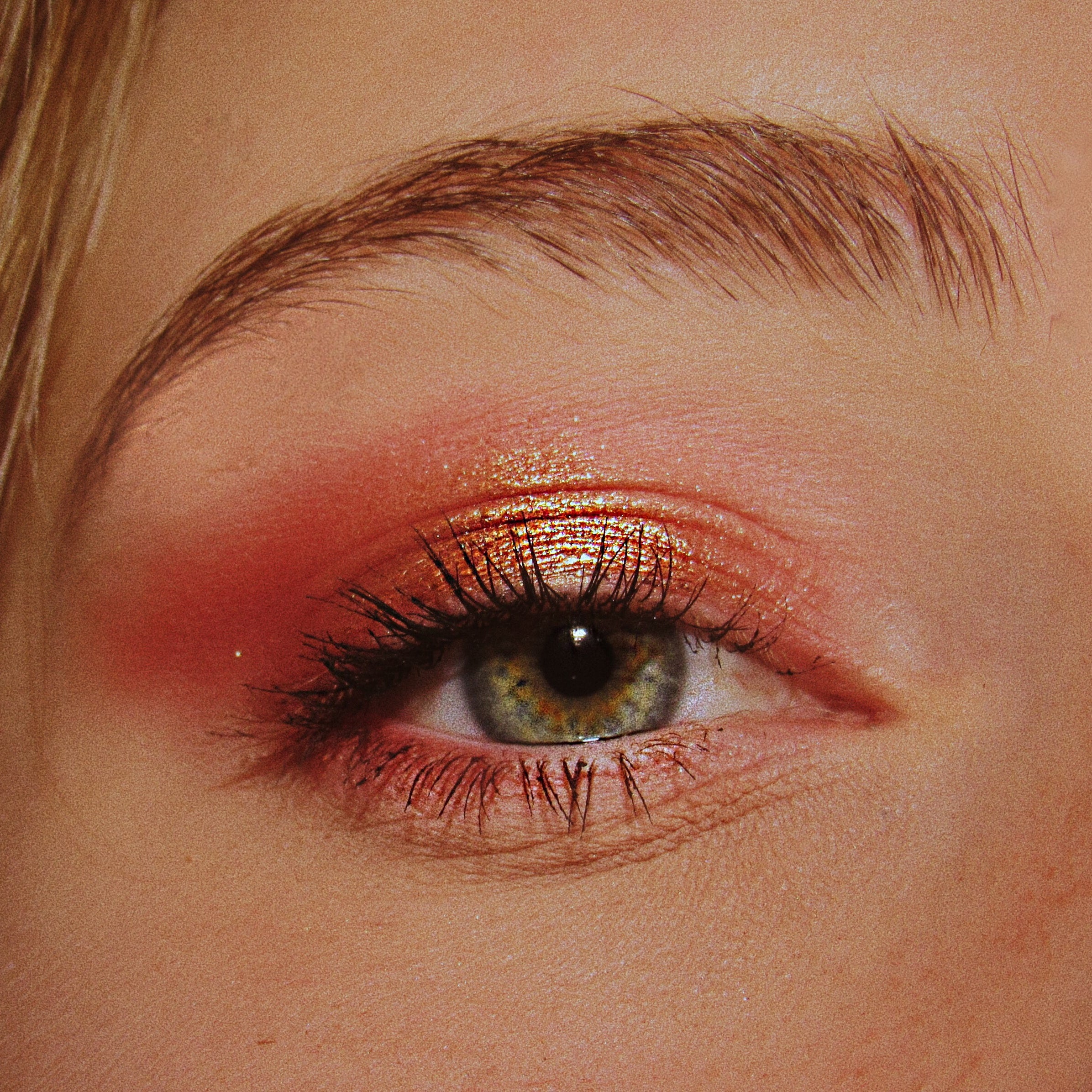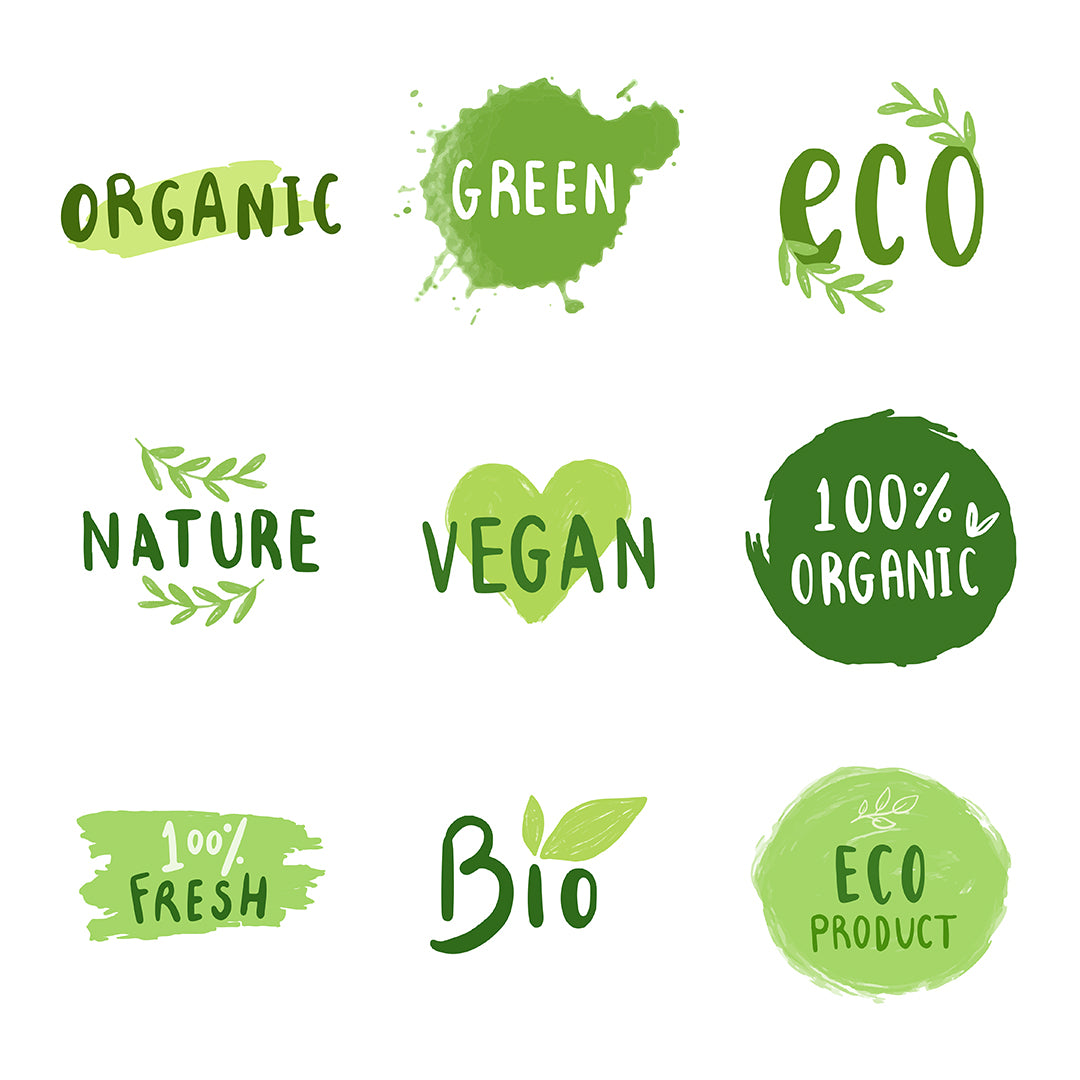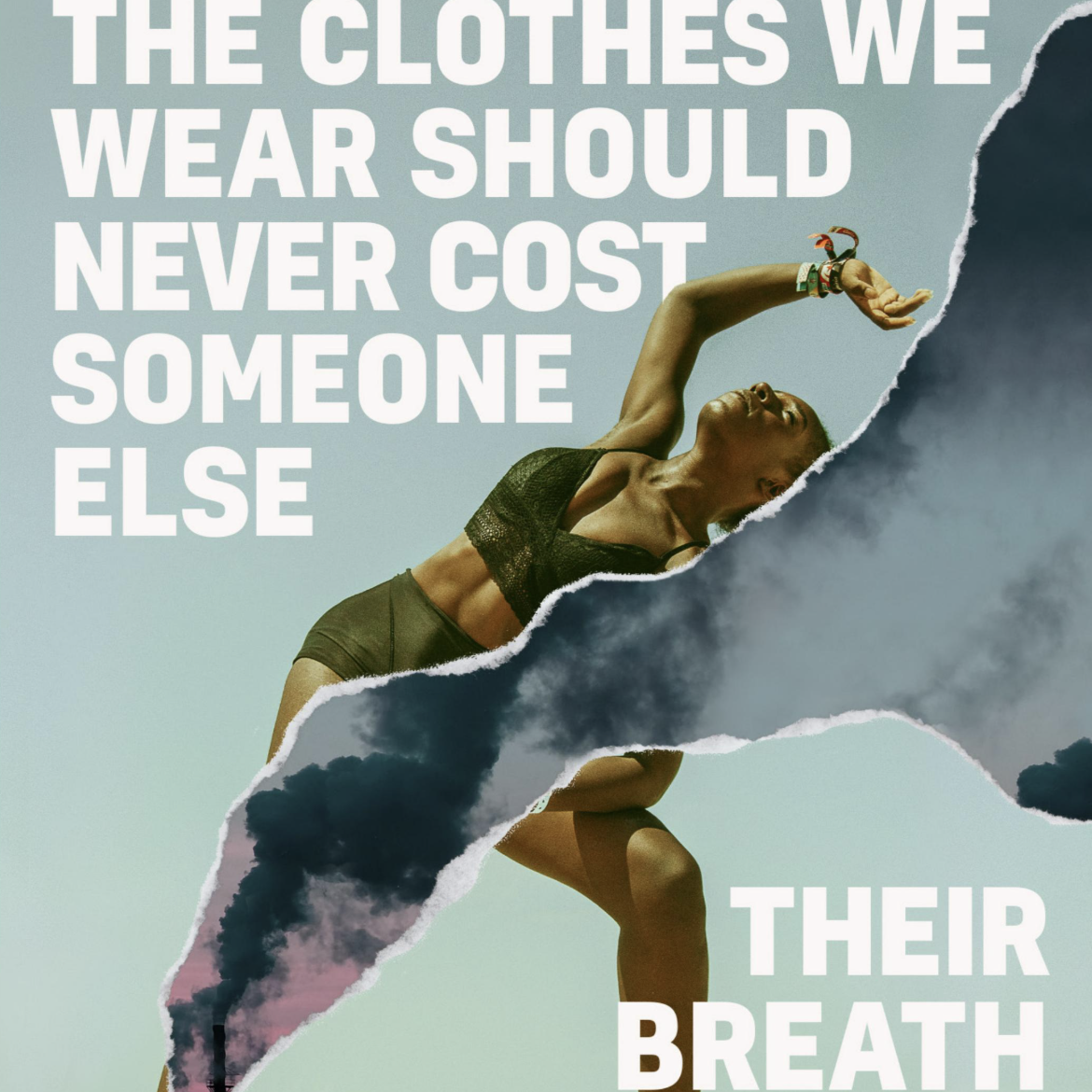3 of the worst ingredients in your makeup

Our makeup and beauty products can help us to look and feel great on the outside, but do you know what you’re really putting on your skin? For the average consumer, understanding the list of ingredients on the back of cosmetic packaging is impossible without a lot of Googling or a chemistry expert on hand. So, from an environmental and ethical perspective, we’ve rounded up three of the worst ingredients to look out for when choosing your beauty products.
Don’t worry though, (we’re not saying you have to go completely au-naturel) we’ve got some tips to help you choose better options when shopping for your next beauty haul.
- Mica powder
Most of us can admit to being attracted to shiny things from time to time, and makeup manufacturers know just how to incorporate sparkle into our beauty routines. Highlighters, bronzers, glittering eyeshadows and sparkling nail polish are just a few of the products we use today to add a healthy glow or glamorous shine to our appearance. The shimmer you see in these items is thanks to the addition of a highly reflective mineral called mica.

Mica is mainly produced in China but is also mined extensively in India and Madagascar where entire families (including young children) work illegally in unsafe conditions. The work is hard, dangerous and pays barely enough to allow workers to survive but often it’s the only source of income for these families.
According to children’s organisation, Terre Des Hommes, research from 2016 showed that child mica miners face serious injuries, lung disease and death. Whilst there are organisations around the world working to stamp out child labour in the mica industry, it’s not an easy task. As a consumer, you can be proactive in researching your favourite brands and checking out their stance on mica use. Those who have a clear position will usually be transparent about it. Take Lush for example, a brand which speaks about mica mining in its modern slavery statement. Since 2018, Lush products have been free of natural mica, with synthetic mica replacing it as an alternative.

Image credit: Terres Des Hommes
- Palm oil
Palm oil is in so many food products on our shelves today but did you also know that palm oil is commonly found in beauty products too? Cheap and extremely versatile, palm oil derivatives can help to keep your skin moisturised, to create the foam in your soaps and to ensure a long shelf life for your products.

Due to its many uses, palm oil is in huge global demand and this is terrible news for the environment, the wildlife and the people who live near palm plantations. One of the biggest problems with the plantations (besides habitat destruction) is that they are prone to fires. When they go up in flames they can release an extraordinary amount of CO2. According to Greenpeace, in the first 10 months of 2019, palm plantation fires released enough CO2 to match the UK’s total annual greenhouse gas emissions. Not only this, but more than 900,000 people living in Indonesia suffered respiratory infections and its estimated that nearly 10 million children may be faced with long term health issues due to the pollution.

Image credit: Ethical Consumer
It’s easy to overlook palm oil as a beauty ingredient, because in most countries, it’s not a legal requirement to list it clearly in non-food products. Take cetearyl alcohol for example, it’s widely used as an emulsifier in skincare and its generally made using palm oil. Finding palm-free alternatives can be difficult but there are conscious brands out there today who are doing their best to exclude it. Ethical Consumer has a very useful list of palm-free foods and products which you can read here.
- Liquid plastic
‘Liquid plastic’ is the label often given to synthetic polymers. These are essentially a large number of units bonded together. Polymers can come in natural and synthetic forms, and it’s synthetic polymers (derived from petroleum oil) that tend to be used in our makeup items.
So, why is this ‘liquid plastic’ used in our cosmetics? The fact is, it has many uses and is easily available in different forms. It can be used as a thickening agent to give creams and lotions a smooth consistency, also as a fixative in hairsprays, hair gels and foams. In hair conditioners, polymers can be present in a silicone form to give your hair that smooth, frizz-free texture. It’s easy to spot polymers in your products as ‘poly’ usually forms part of the name, i.e. polyeurethane, polyacrylate.

The problem with polymers is that they are poorly biodegradable and it is not yet known how their excessive use and toxicity will impact the environment in the long term. According to Plastic Soup Foundation, liquid plastic should be treated the same as solid microplastic and banned from use.
There are brands out there who are considerate about plastic use – not only with their packaging but also with microplastics including liquid plastic. Look out for brands like Weleda which has committed to ‘zero plastic inside’ and has gained international certification for this. If we educate ourselves and show our support to environmentally friendly brands we can do our help to reduce the damage to our ecosystems.
Which green beauty brands do you recommend? Leave us a comment to share your recommendations!
Follow us on Facebook and Instagram to stay up to date with the latest in sustainable and ethical fashion from the UAE.



